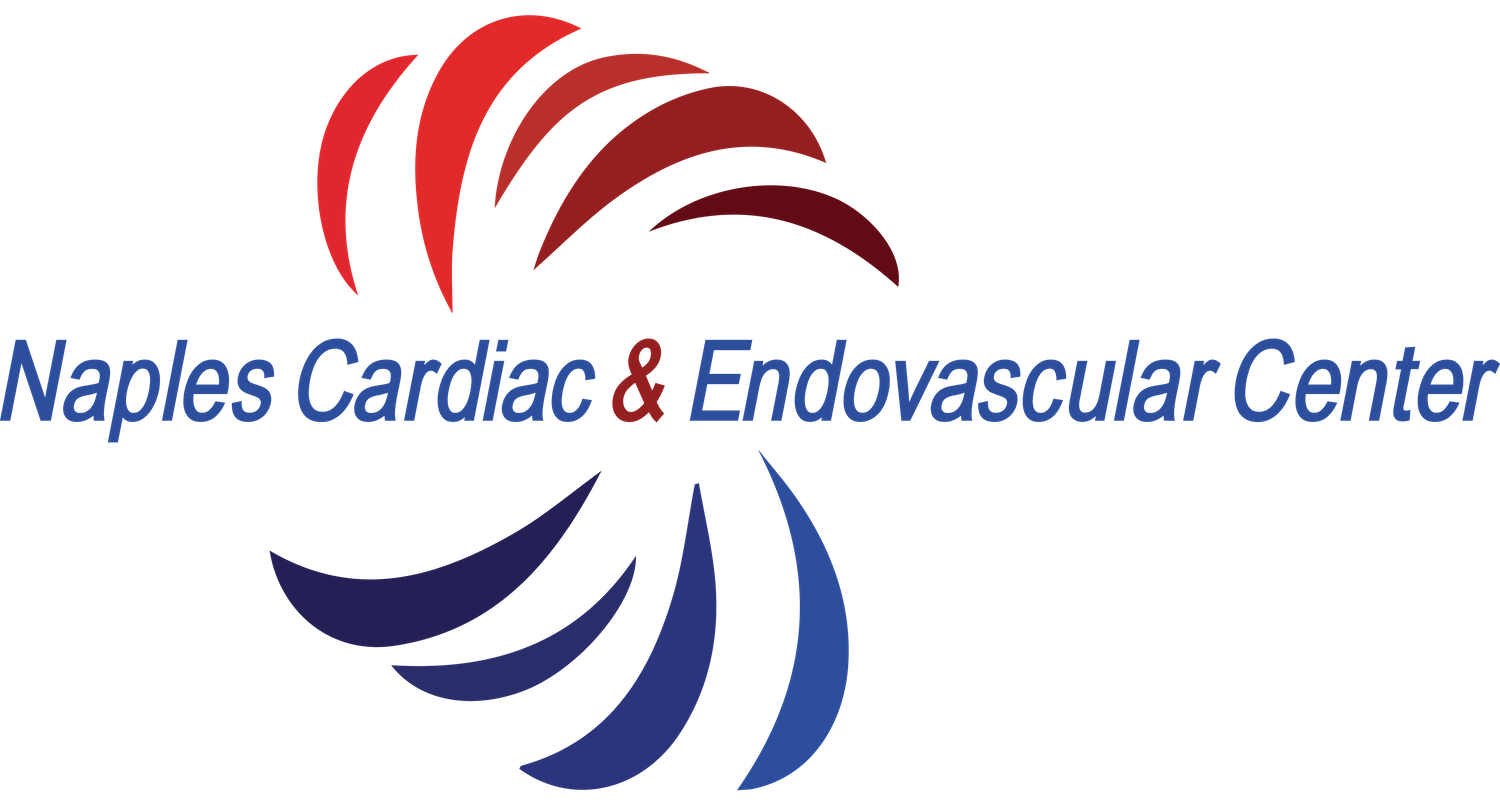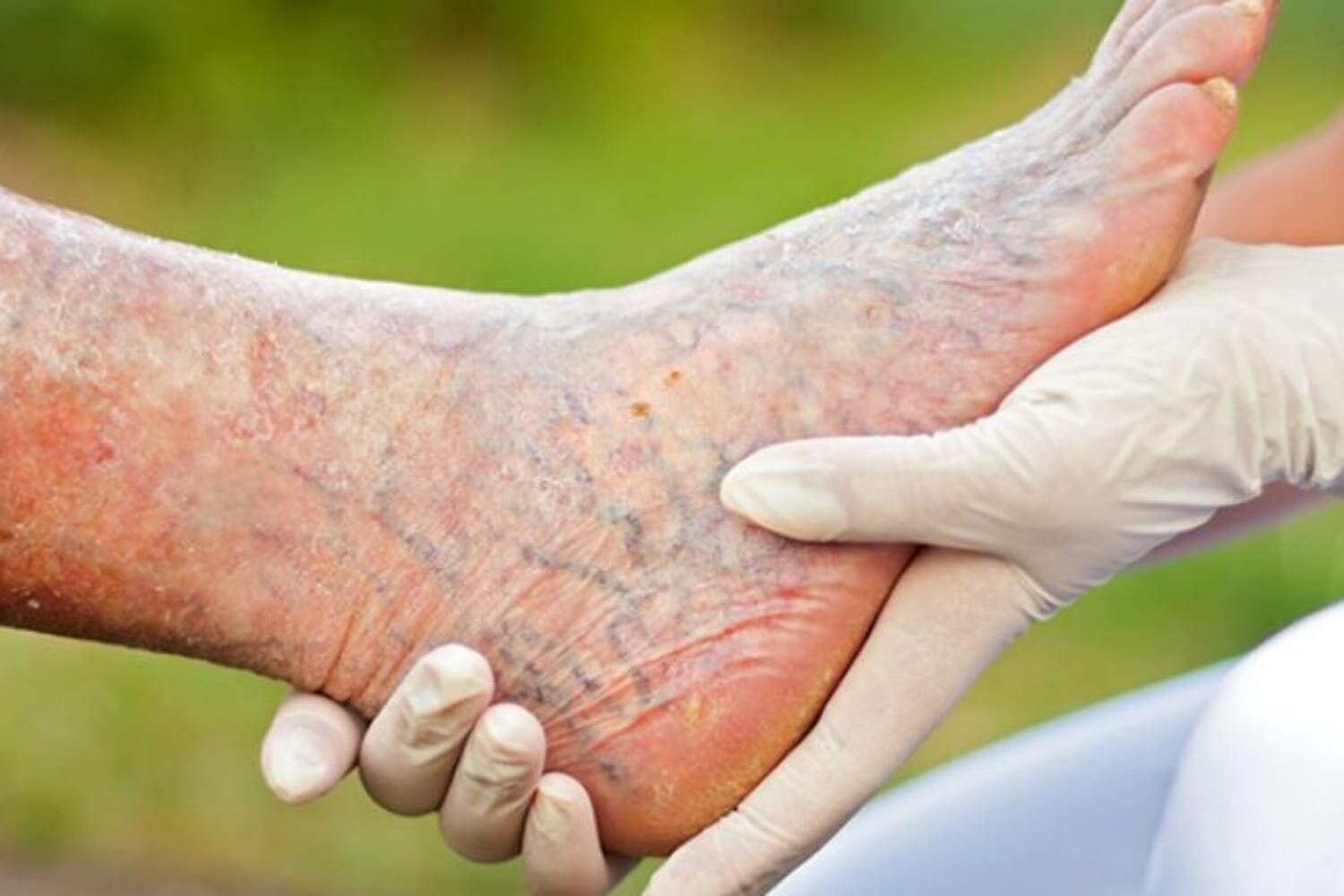Critical limb ischemia overview
Critical limb ischemia is the most severe and advanced form of peripheral artery disease (PAD). In this situation, patients experience severe leg and foot symptoms at rest and often have skin ulcerations or sores that are very slow to heal or are unable to heal due to the critical lack of blood supply. If left untreated, the patient is at an extremely high risk of an amputation of the affected limb.
Dr. Leandro Perez discusses the causes, symptoms and treatment of CLI.
Symptoms of critical limb ischemia
The most prominent symptom is pain, occasionally severe, that occurs at rest; pain can affect your toes, your feet and the lower leg. This can be a progressive symptom that initially occurred with exertion and progresses to resting levels or it may be relatively rapid in onset. Visual signs may include skin sores, ulcerations, gangrene, pale appearing toes, cold toes, purplish discoloration, numbness, thick overgrown nails and other skin changes.
What causes critical limb ischemia?
The cause of critical limb ischemia is obstructive peripheral artery disease in its most severe form. CLI patients have the same risk factors that cause PAD but generally have more severe forms of the risk factors or a combination of risk factors. Risk factors include advancing age, kidney dysfunction, smoking, diabetes, hypertension, high cholesterol levels, unhealthy dietary patterns, obesity and sedentary lifestyles.
Critical limb ischemia diagnosis
The diagnosis begins with a detailed history of your presenting symptoms and a comprehensive examination to identify the areas at risk. Imaging studies are indicated to localize and quantify the circulatory problem. Imaging studies may include a vascular ultrasound and angiographic techniques such as invasive catheter-based arteriogram and computerized tomographic angiogram (CTA) or magnetic resonance angiogram (MRA).
Critical limb ischemia treatment
Critical limb ischemia requires rapid recognition and urgent treatment to reduce the risk of an amputation. The treatment of choice is to reestablish blood flow to the affected limb expeditiously. This can be achieved by an endovascular procedure such as an angioplasty, atherectomy, stent procedure; in some cases, bypass surgery is the most appropriate management strategy. Pharmacologic therapy is strongly indicated to prevent a future event and to reduce further cardiovascular risk.
To request a consultation, click below or call (239) 300–0586

















